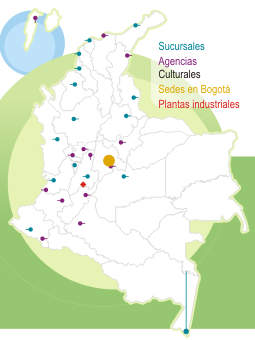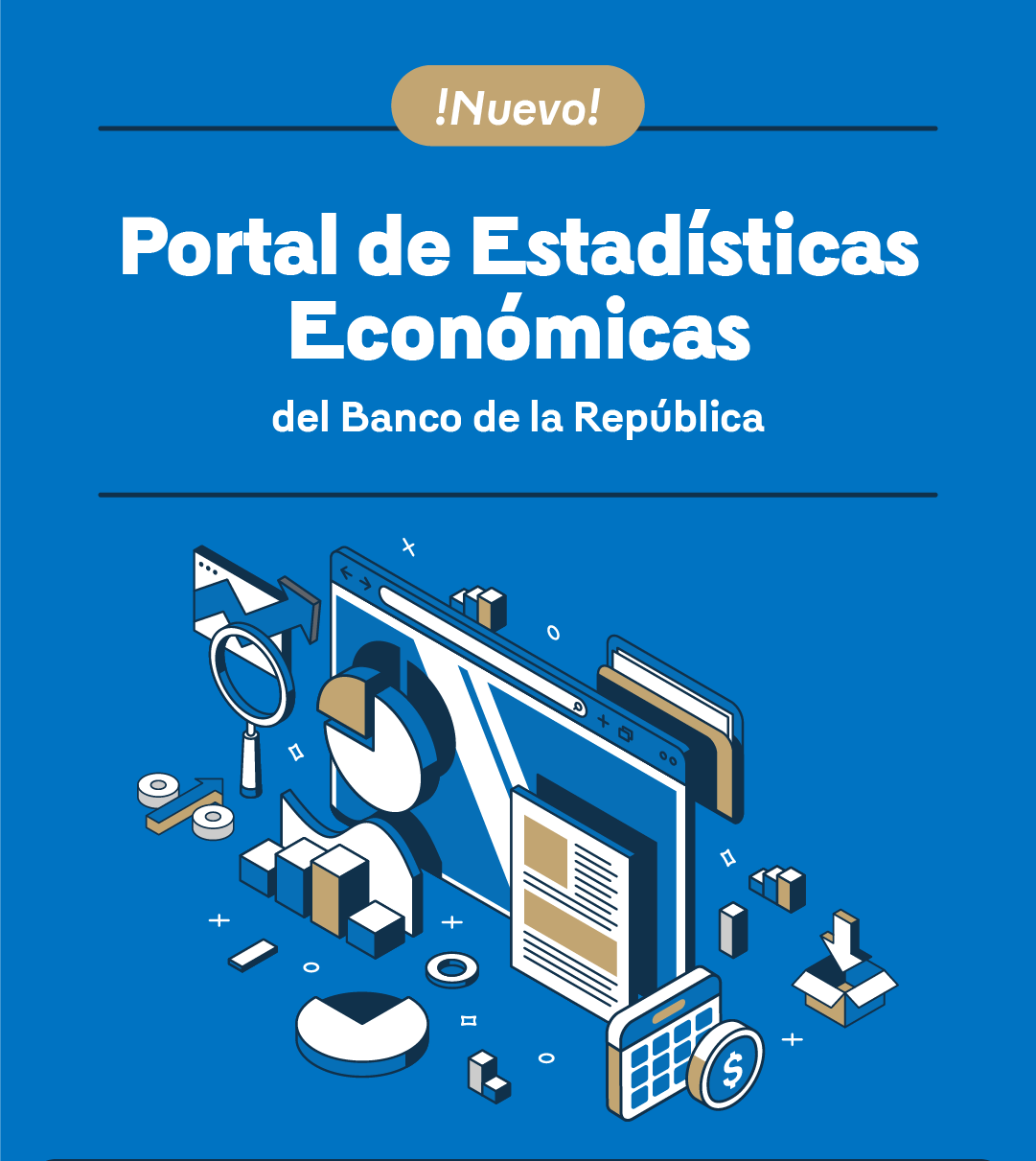Jaramillo-Echeverri, Juliana
Below are the contents available on the site related to the query.
- Publicación |While motherhood is gradually shifting toward older ages, adolescent pregnancy persists in some regions of the country. Adolescent fertility must be understood as a phenomenon shaped by multiple dimensions, and its persistence constitutes a sensitive indicator of inequality.
- Publicación |Approach
This study examines the evolution of gender roles and time use in Colombia throughout the 20th century and into the 21st, using microdata from the population censuses conducted between 1964 and 2018, as well as the National Time Use Surveys (ENUT) from 2016–2017…
- Publicación |“… the costs of informality are higher: workers have limited social protection, businesses are less productive, and the state has reduced capacity to collect taxes and provide public goods. This leads to inefficient allocation of resources, which negatively impacts the country's economic growth.”
- Publicación |Abstract
Can radio campaigns affect fertility? This paper examines the impact of a national radio campaign promoting family planning clinics in late 1960s Colombia on the country's rapid fertility decline. The campaign, initiated by Profamilia in 1969, provided information about…
- Publicación |Abstract
Across the world educated women tend to have fewer children than their less-educated peers. This paper provides new stylised facts about the long-run relationship between women’s education and fertility at both the national and individual levels. I focus on…
- Publicación |Abstract
The role of education in promoting social mobility has been highlighted in the literature. But how much mobility have high-quality universities yielded historically? This research focuses on a case study of historical social mobility in access to high-…
- Publicación |Abstract
Colombia experienced one of the fastest declines in fertility in the world: children per woman fell from 7 in 1960 to 3 in 1985. Despite the country's significant inequalities, the regional aspect of this decline has been overlooked in previous research. This…
- Publicación |
This paper examines the long-term trends observed in the standard of living of the Colombian population during the past one hundred years, with special attention on health. We construct a historical index of human development for Colombia (HIHDC) for the 19th and 20th centuries by gender. We…






























































